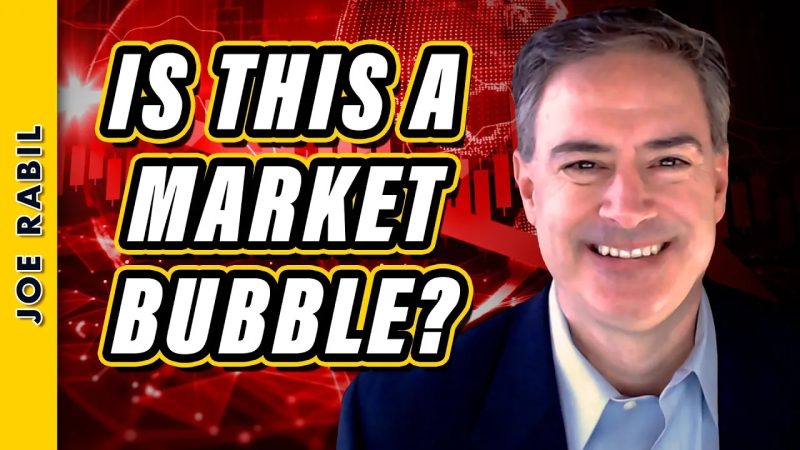In the exciting world of investing, the line between a market bubble and investor mania can often become blurred. While both phenomena can lead to investment opportunities, they also come with significant risks that should not be overlooked. Understanding the differences between a market bubble and investor mania is crucial for any investor looking to navigate the unpredictable waters of the financial markets.
Market bubbles are characterized by the rapid inflation of asset prices, often fueled by speculation and excitement rather than intrinsic value. Investors in a market bubble may be driven by fear of missing out on potential gains, leading to a frenzy of buying that pushes prices to unsustainable levels. When the bubble eventually bursts, investors who bought in at the peak may face significant losses as prices come crashing down.
On the other hand, investor mania refers to the irrational exuberance and herd mentality that can take hold of the market. In a state of investor mania, the focus shifts from the fundamentals of an investment to the excitement and hype surrounding it. This can lead to a disconnect between an asset’s price and its true underlying value, creating opportunities for savvy investors to profit but also posing significant risks for those caught up in the frenzy.
One key difference between a market bubble and investor mania is the role of market fundamentals. In a market bubble, asset prices are driven primarily by speculation and hype, with little regard for the underlying value of the investment. In contrast, investor mania is more about the psychology of the market, as investors are driven by emotions rather than rational analysis.
Another important distinction is the speed at which prices rise and fall. In a market bubble, prices can skyrocket in a short period of time, creating the illusion of easy profits for investors. When the bubble inevitably bursts, prices can plummet just as quickly, wiping out gains and even leading to significant losses. In contrast, investor mania can exhibit more sustained price increases as enthusiasm builds over time, but the eventual correction can still be sharp and painful for those who were caught up in the mania.
Navigating the fine line between a market bubble and investor mania requires a combination of diligence, discipline, and a clear understanding of market dynamics. By focusing on sound investment principles, conducting thorough research, and maintaining a diversified portfolio, investors can better position themselves to weather the storms of market excess and capitalize on opportunities that arise.
In conclusion, while market bubbles and investor mania can present tempting prospects for investors, they also come with inherent risks that should not be underestimated. By staying informed, remaining disciplined, and keeping a long-term perspective, investors can mitigate the dangers posed by market extremes and position themselves for success in the ever-evolving world of investing.

